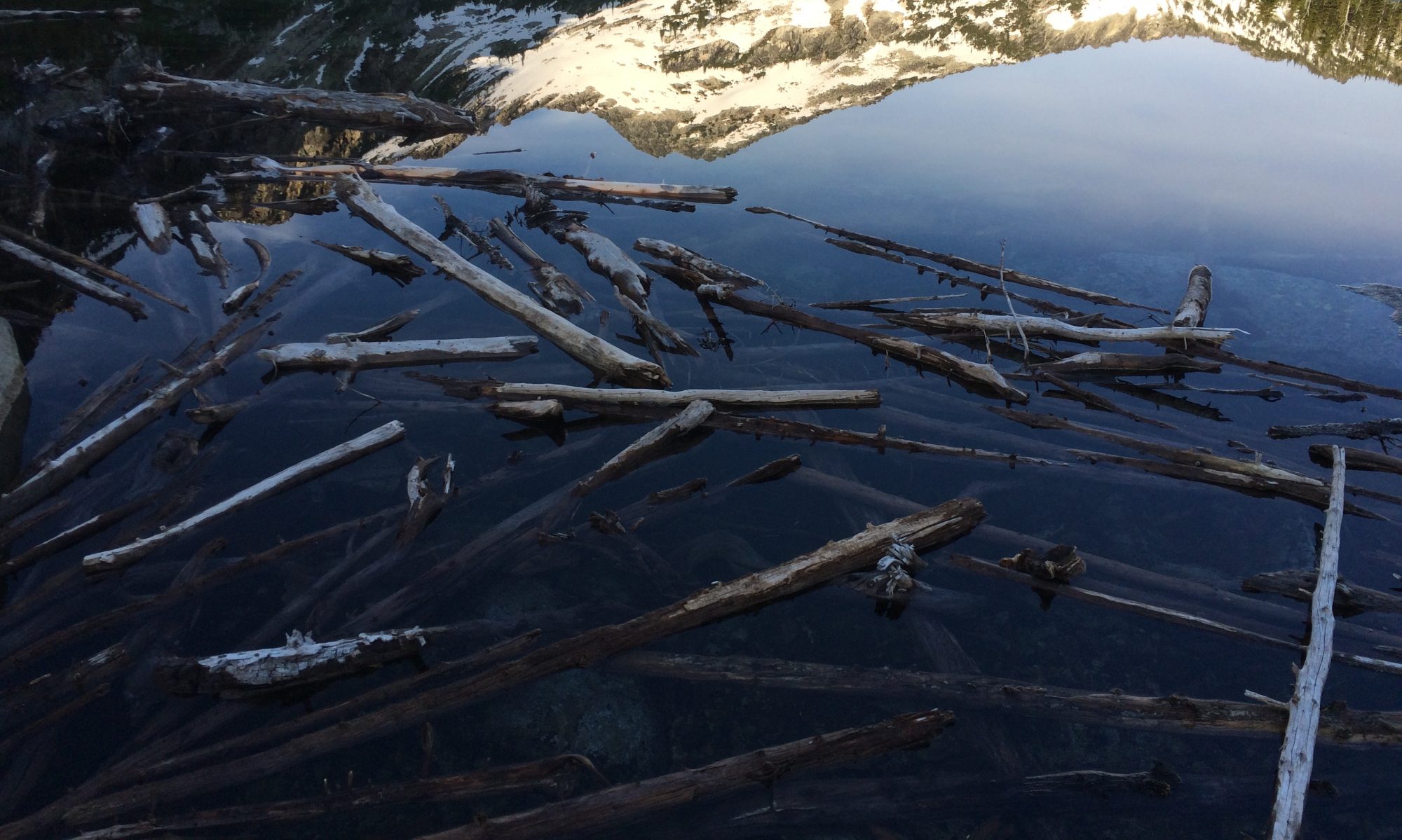Below, a peer of mine, Sam Tuck, and I have produced an infographic outlining the key driving forces, pressures, and impacts of dams on the state of the earth, and have finished it with a description of possible responses to the threats they pose. We hope you enjoy!
Breaking Barriers: A Look Into the Past, Present, and Future of Dams
During this first semester of my second year at UBC, I enrolled in a Geography 211 class taught by Dr. Loch Brown, in which we explored themes regarding the intersectionality between human societies and the environment, leading to discussion regarding the current state of the environment. We discussed topics such as consumption and technology, the global economy, culture and politics, and the history of the world, relating each back to its corresponding effects on the environmental condition.
As a term project, we were challenged to look at an environmental pressure of which has contributed in some way to the current state of the environment, and analyze it utilizing the Driving Forces-Pressures-State-Impacts-Responses (DPSIR) framework produced by the United Nations Environment Programme. The pressure I decided to hone in on was that of dams and their effects on environmental regimes.
Dams interested me because close to my home in Washington State are two large hydroelectric sources; the Grand Coulee Dam, and the Rocky Reach Dam. Growing up, I consistently heard of the positive change dams bring, such as providing clean energy for a majority of homes in Washington state; though I rarely heard of the negative qualities and issues these dams encompassed. In taking on this research project regarding dams and their effects on the environment, I hoped to see both sides to the story, and I did.
In my investigation of dams and their effects on the state of the environment, I discovered a vast quantity of research, of which opened my eyes to the complicated variety of issues they encompass. This research accumulated in the essay attached, which displays how and in what ways dams are utilized by human populations, and the negative environmental effects they have.
The following is an outline of the DPSIR model I analyzed:
Driving Forces
-Population Growth: In this section of my paper, I correlate the fact that the highest dam concentrations are present win the countries with the highest population. I point out that as the population of the Earth continues to grow, governments have looked to dams for the increased power and irrigation they provide, so that their populations have access to the electricity, food, and freshwater sources they need (Chen, Shi, Sivakumar, & Peart, 2016)
-A Desire to Progress: After discussing the role of population on the utilization of dams, I underline the fact that the majority of reasons for dam construction (electricity, agriculture, freshwater) are simply materializations of the underlying rhetorics and theories being harnessed in the world today, which can be most simply seen in the theory of modernity. I discuss the fact that high energy production can be seen to correlate with what can be conceived as a more modernized or advanced state, of which has the potential to be more successful and productive in the current, capitalist world economy (Isaacman, A., & Isaacman, B., 2013).
Pressures:
Dams: I omit this section in my essay, due to the fact that the pressure on the environment is simply the construction of dams.
Impacts:
Social Issues: When conversing with peers about dams, I have found the negative environmental issues they encompass to be more frequently discussed; but there are also a variety of social issues dams produce. These manifest in problems such as large relocations of people, and the seizing of the wealth of rivers from Indigenous communities. In this segment of the paper, I analyze how the construction of dams affects both settlements upstream, and downstream from the site.
Ecological Issues: The ecological issues dams produce are vast, though in my essay I chose to hone in specifically on the issues produced by reservoirs. I outlined problems the creation of reservoirs lead to, such as increased methane production, increased waterborne illnesses, and the salinization of soil.
State of the Earth:
Fragmentation and Homogenization: In this section of my paper, I focused on the effects dams have had on river systems on the global scale, detailing how the fragmentation of river systems has effects on biodiversity and river dynamics. To detail this more, I discuss how dams have had negative effects on migratory fish species, with specific reference to the Klamath River Basin of Southern Oregon and Northern California.
Responses and the Future of Dams:
Here, I discuss how the prevalence of dam construction has seen a drop in developed countries, but a continued persistence in developing countries. I argue that with the decline in dam production, there is an opportunity to improve dam technology so that they have less negative effects on environmental regimes, and can irrigate agricultural lands with higher efficiency. I also discuss how responses to dams, like attempts at restoring fish migration, are very varied in their success, with specific reference to the American Shad fish in the Northeastern United States.
Overall, I found this project to be largely beneficial on a personal level, as it led me to think about dams, their effects on the state of the earth, and potential ways to work towards their optimization so that they can function more efficiently, in turn minimizing their damages on the environment. In the future I can see myself pursuing activist positions surrounding dams and the social/environmental issues they embody.
Full paper:
Chen, J., Shi, H., Sivakumar, B., & Peart, M. R. (2016). Population, water, food, energy and dams. Renewable and Sustainable Energy Reviews, 56, 18-28. Retrieved November 18, 2016, from doi:http://dx.doi.org.ezproxy.library.ubc.ca/10.1016/j.rser.2015.11.043
Isaacman, A. F., & Isaacman, B. S. (2013). New African Histories : Dams, Displacement, and the Delusion of Development : Cahora Bassa and Its Legacies in Mozambique, 1965–2007 (1). Athens, OH, US: Ohio University Press. Retrieved November 10, 2016, from http://www.ebrary.com

